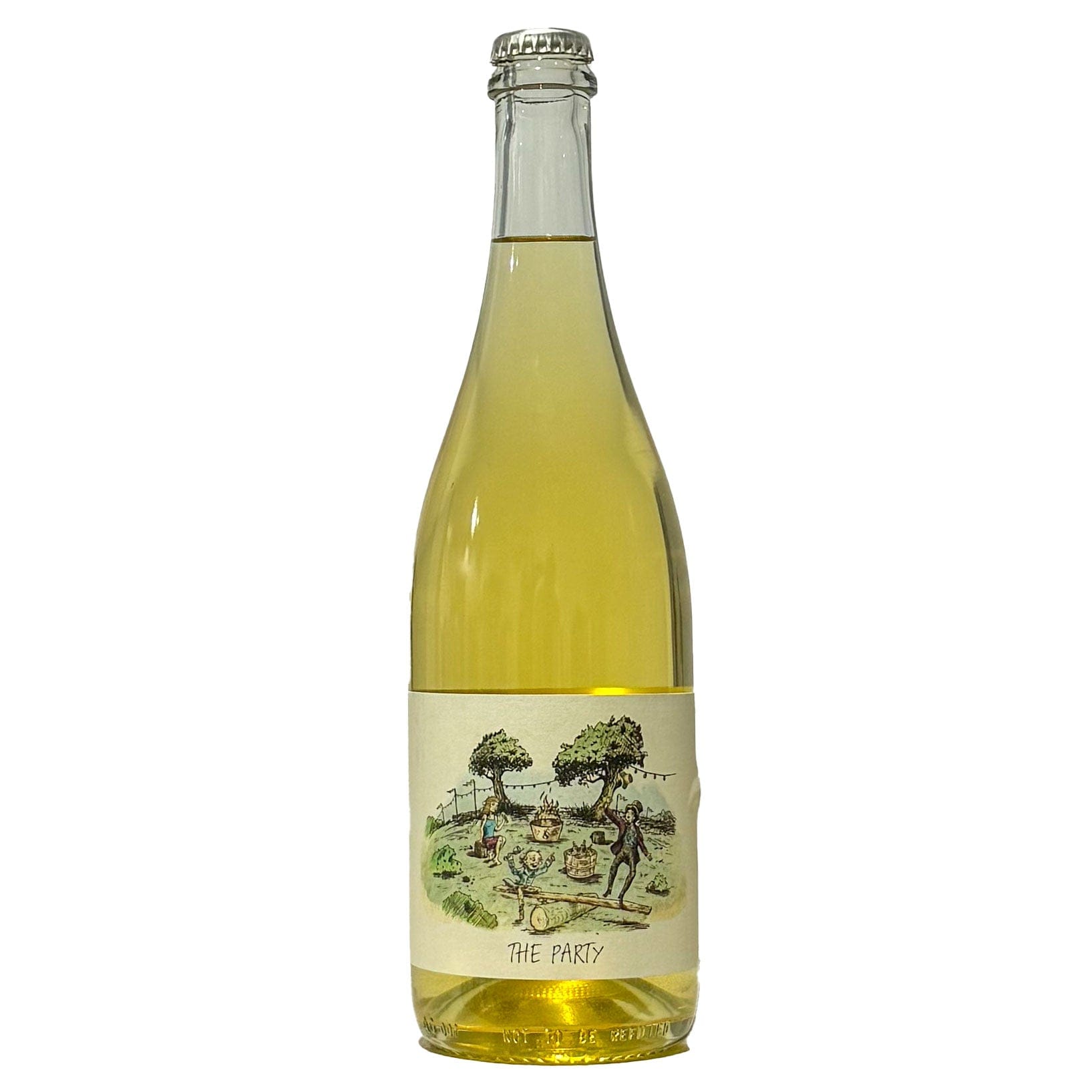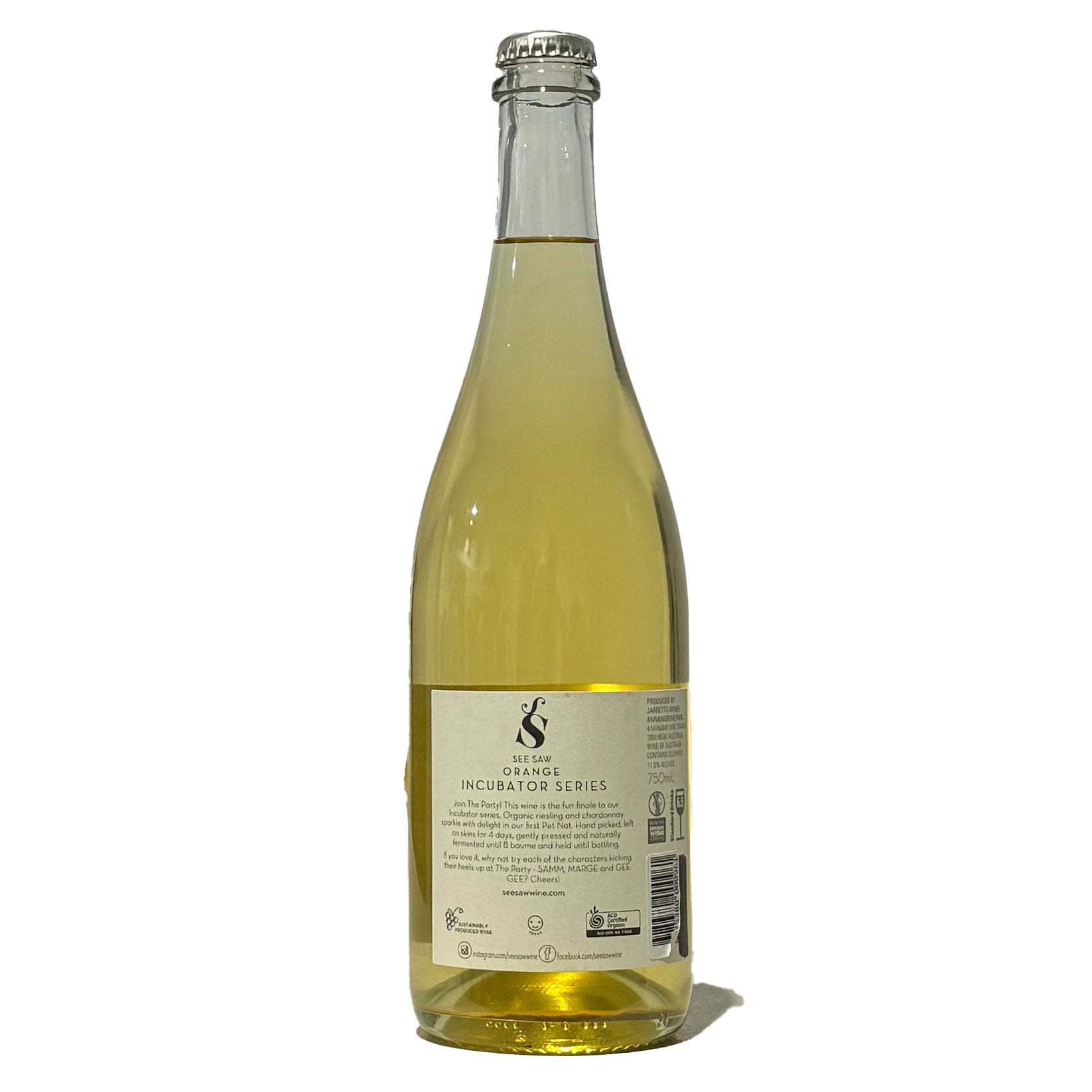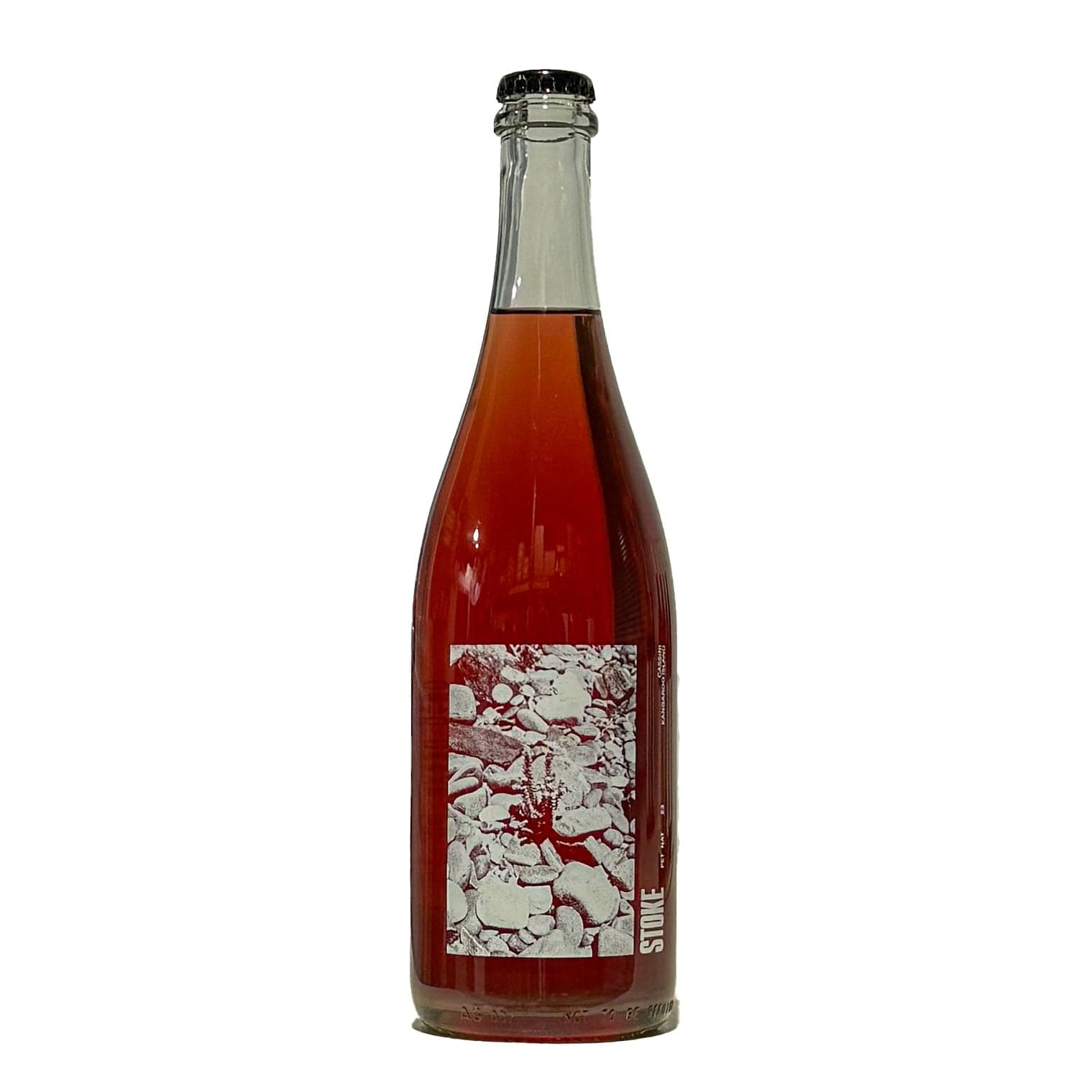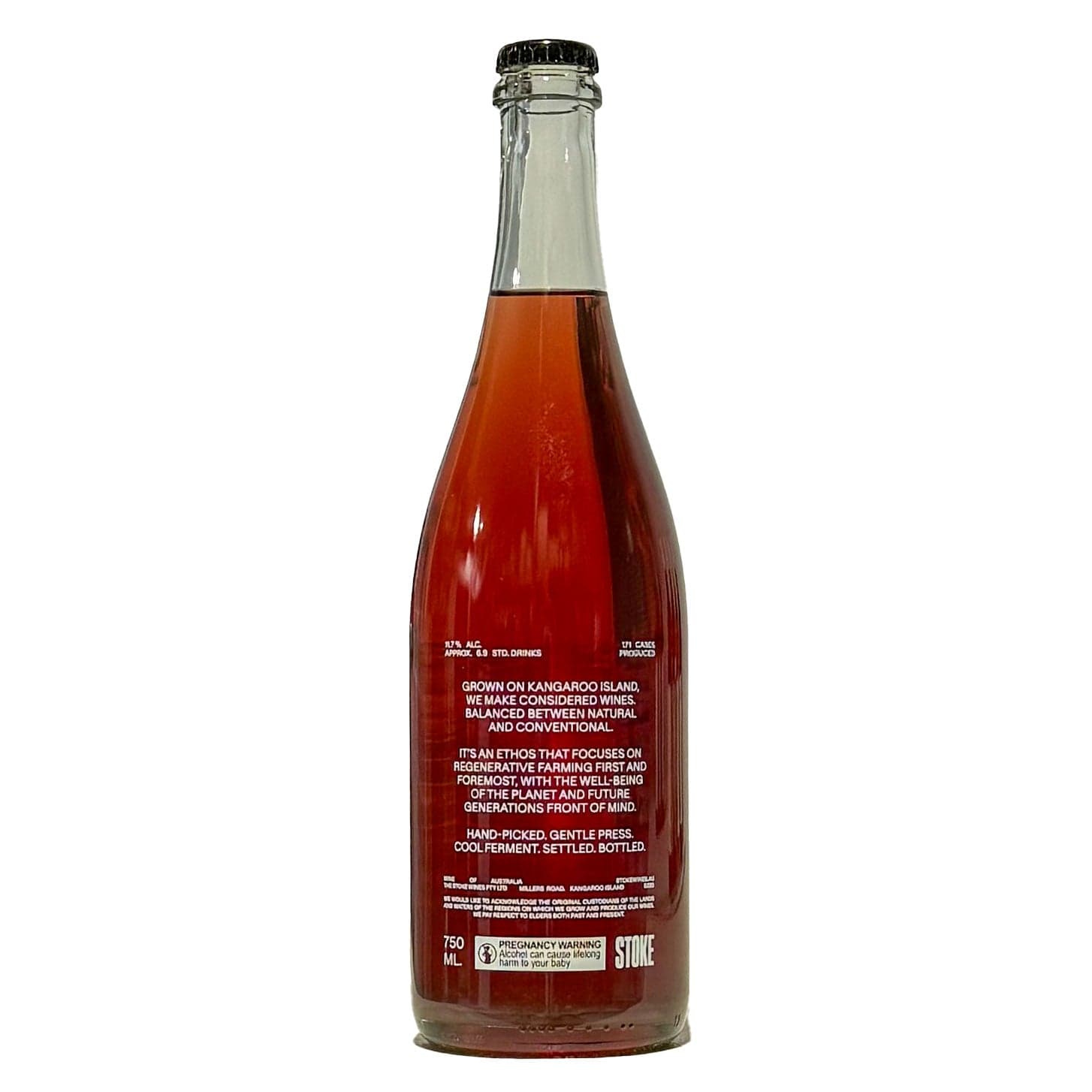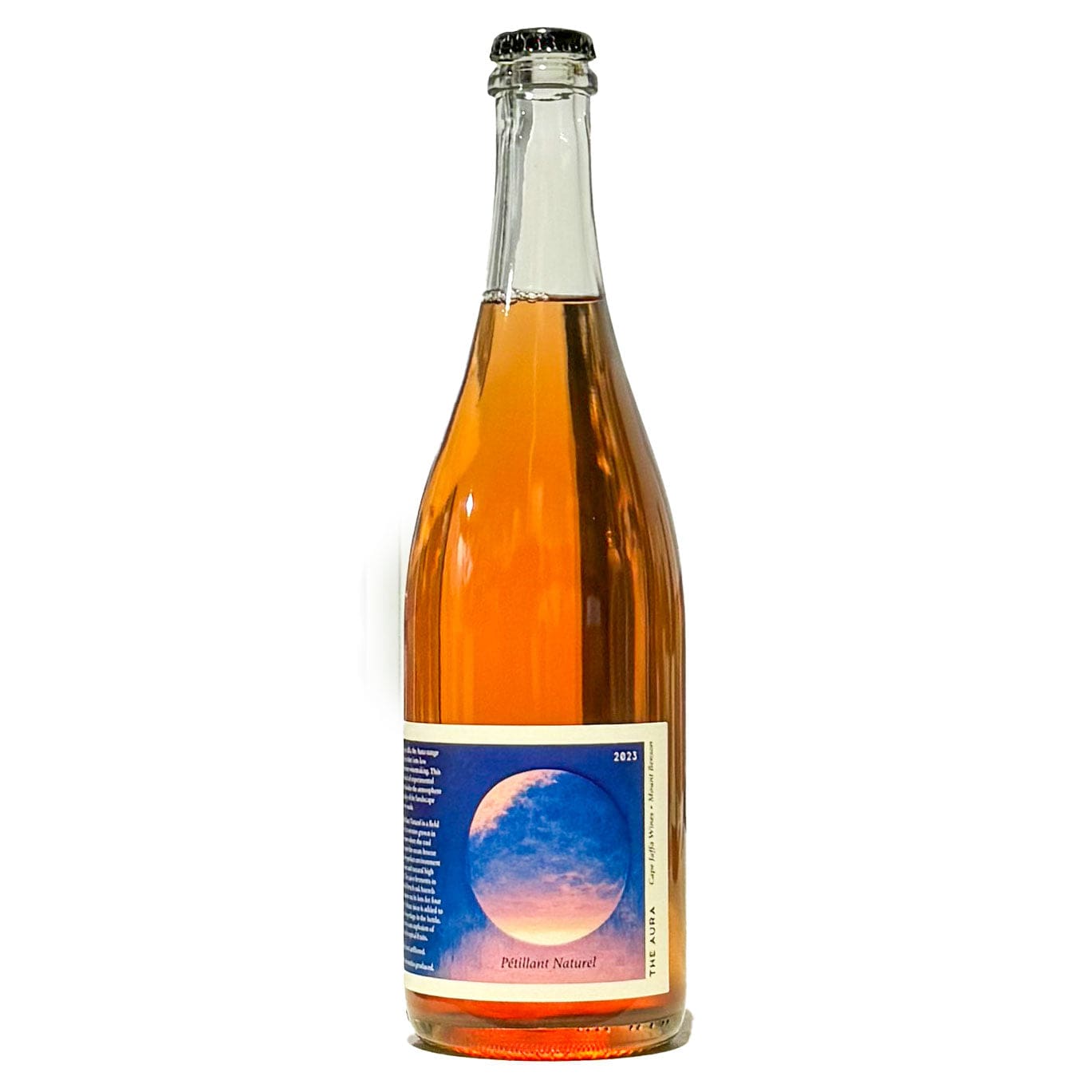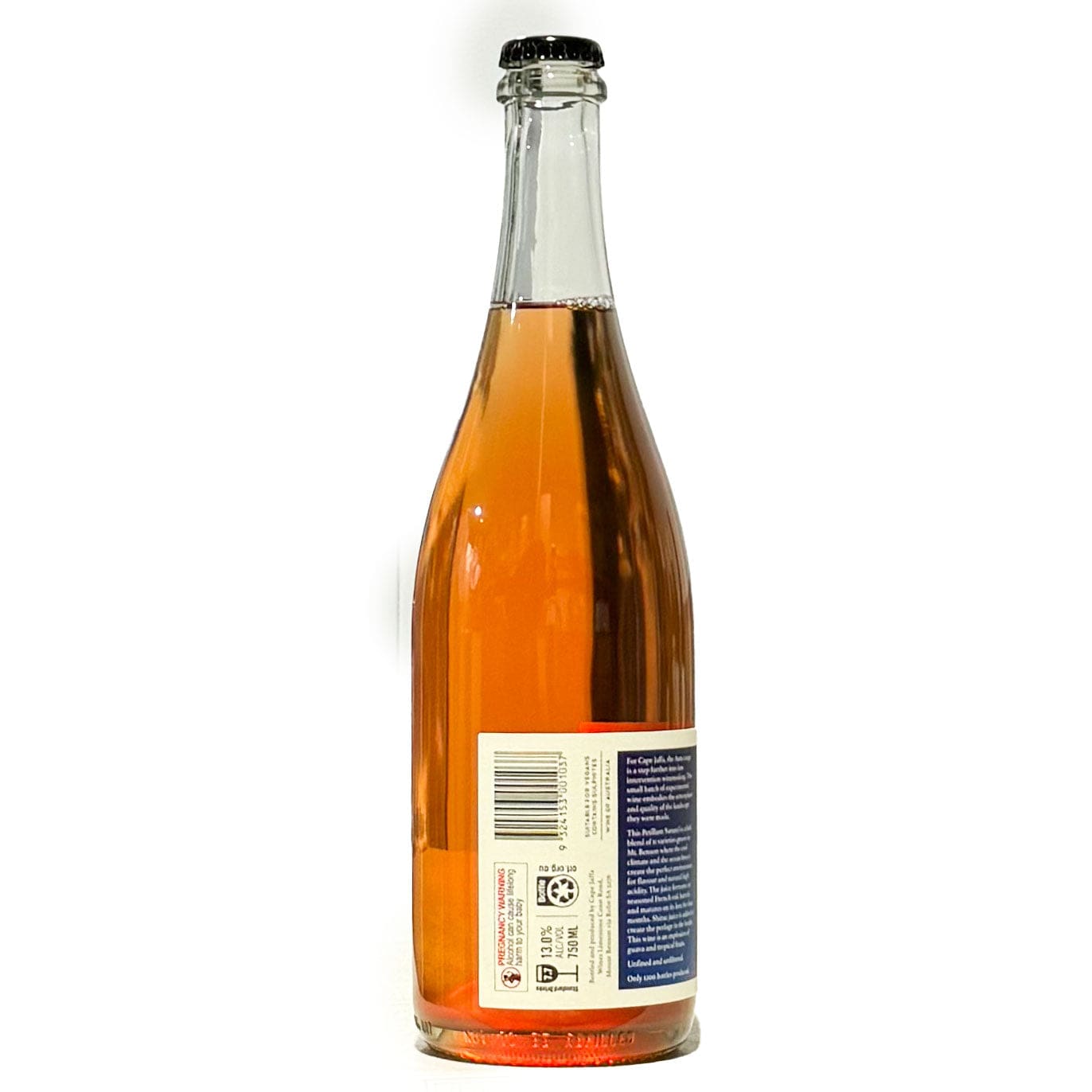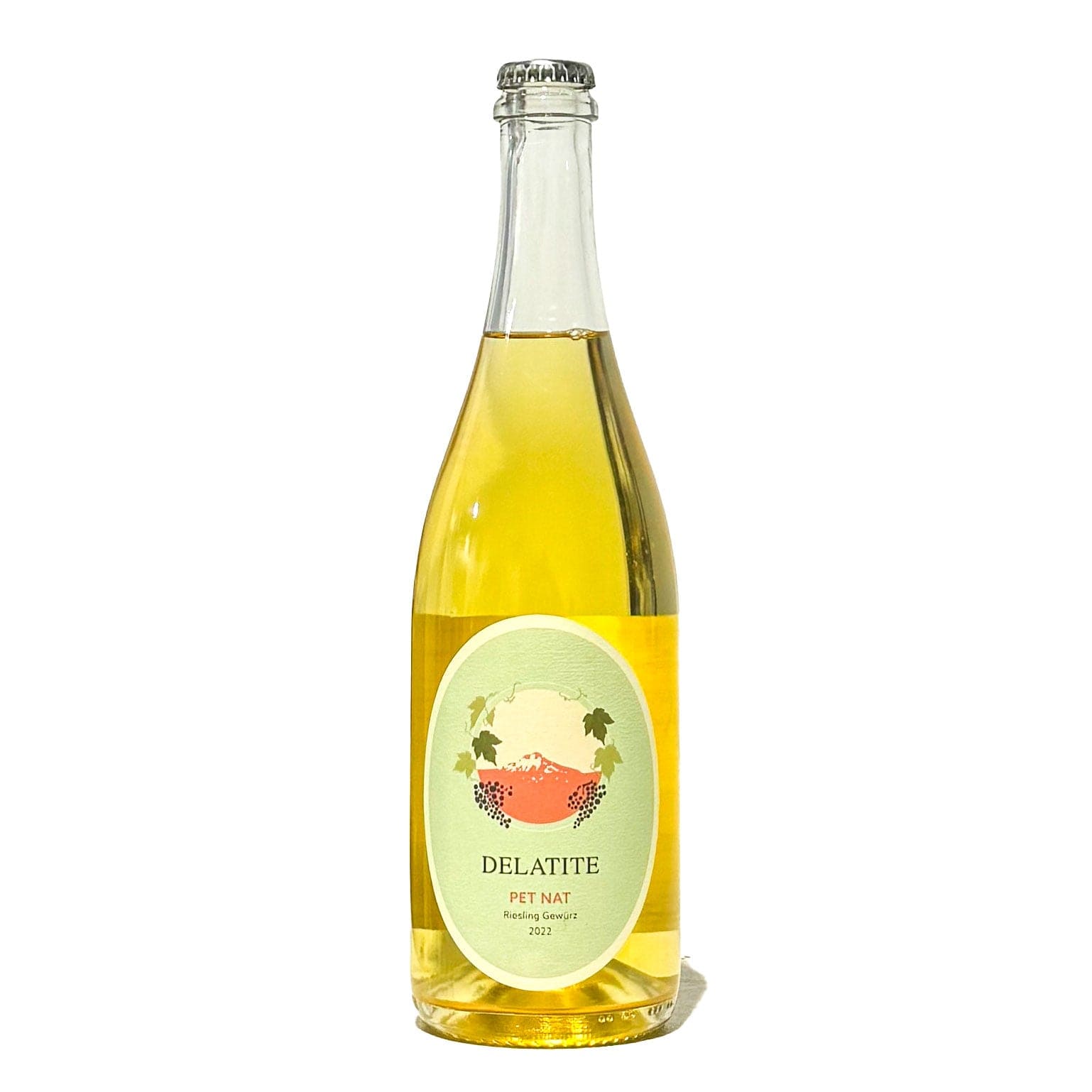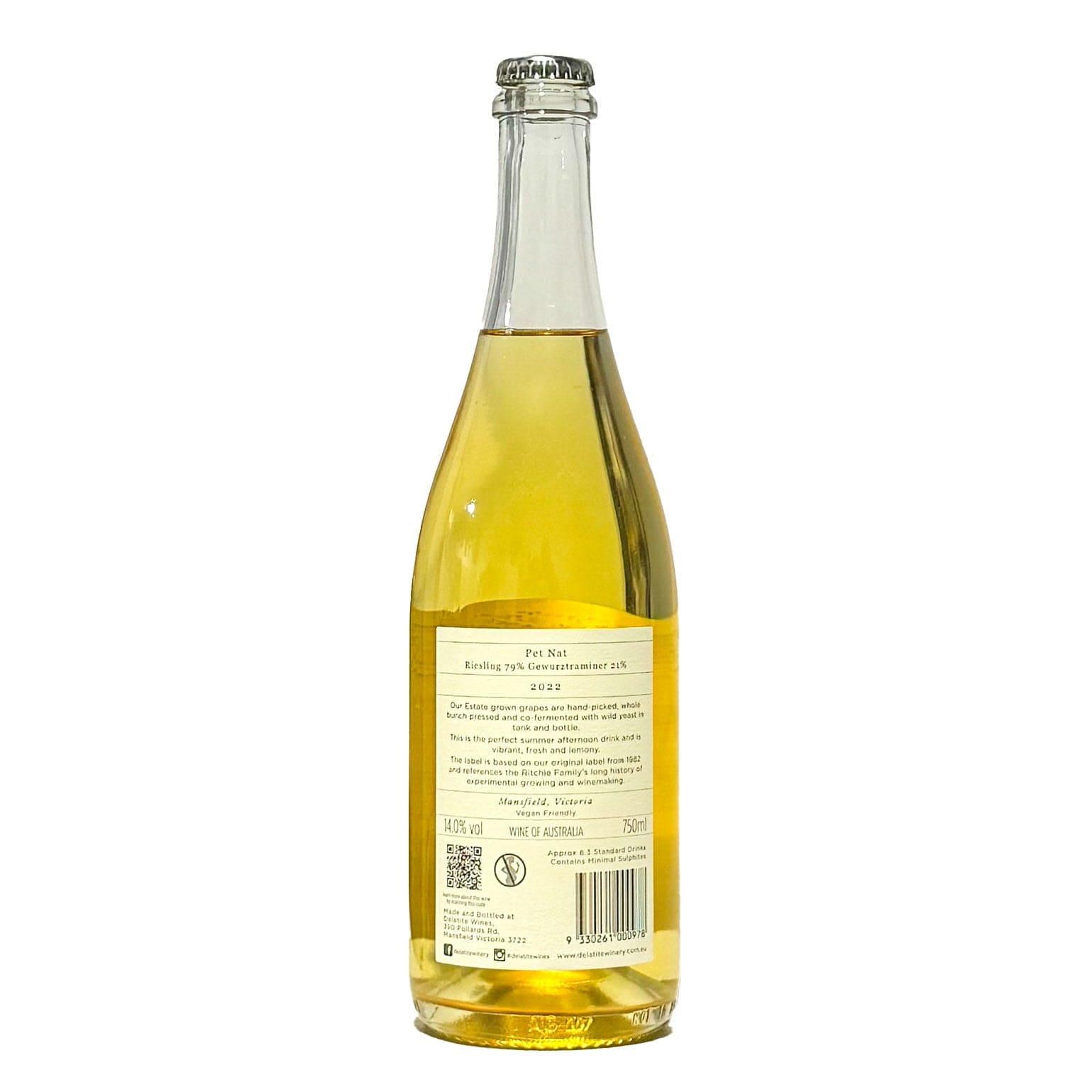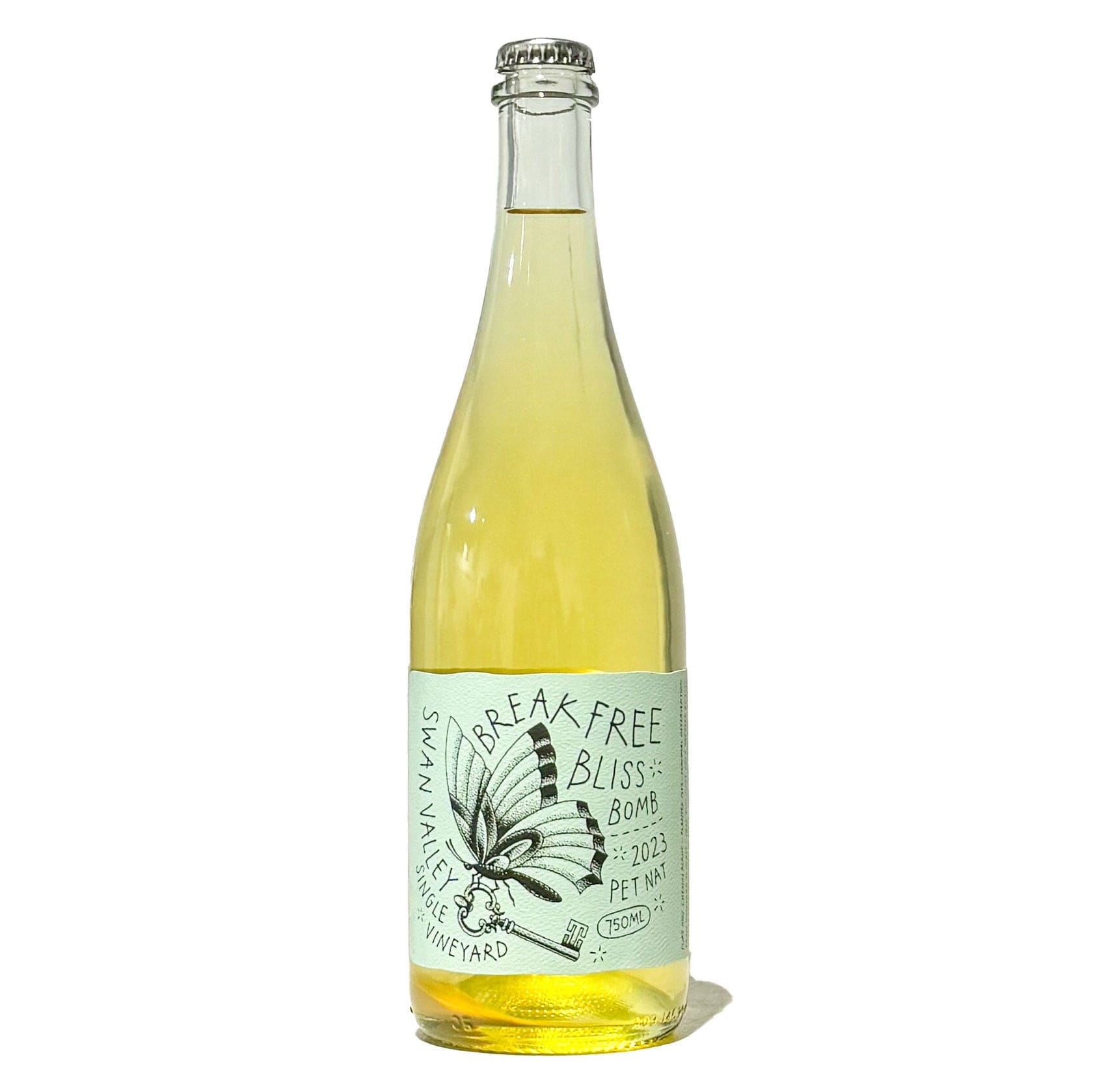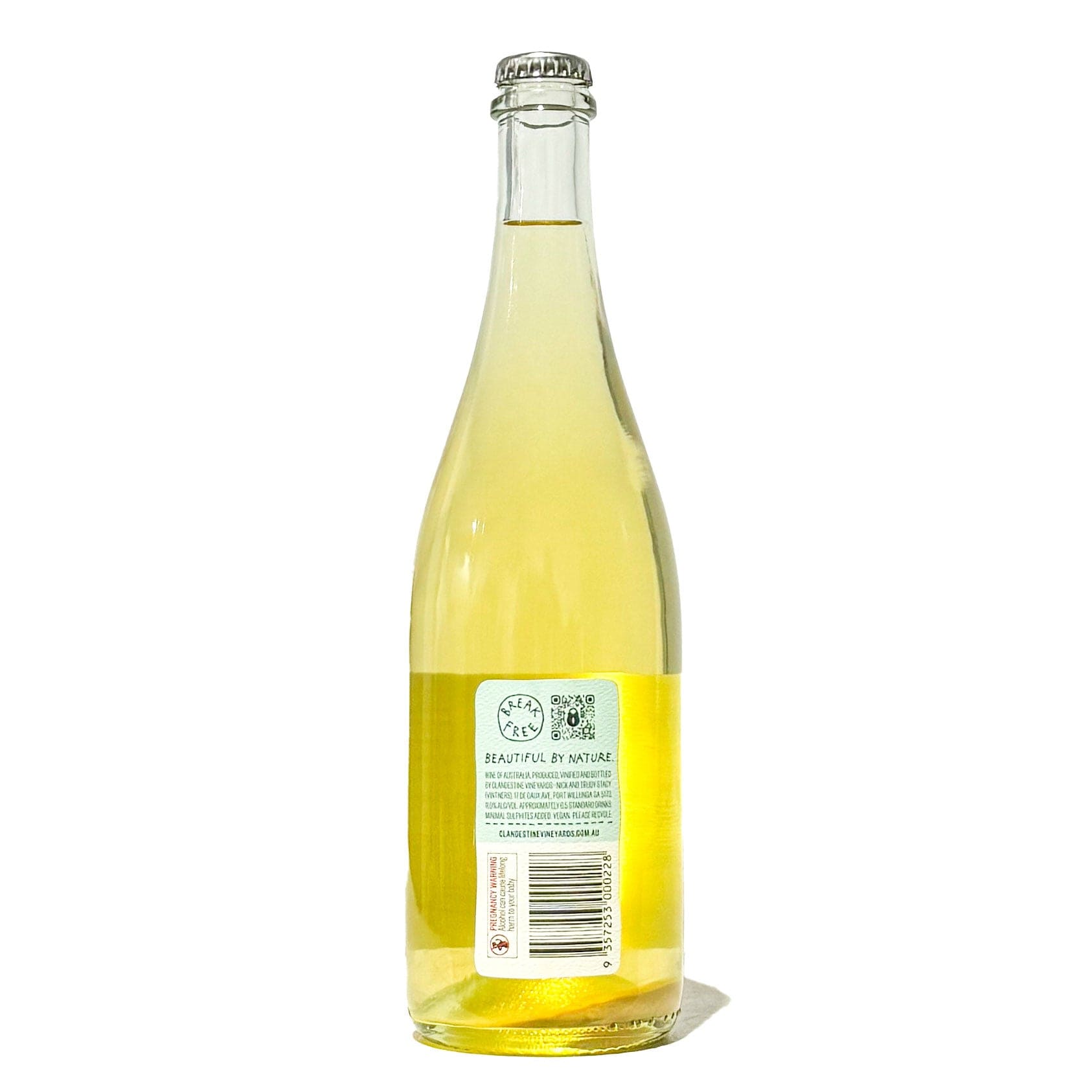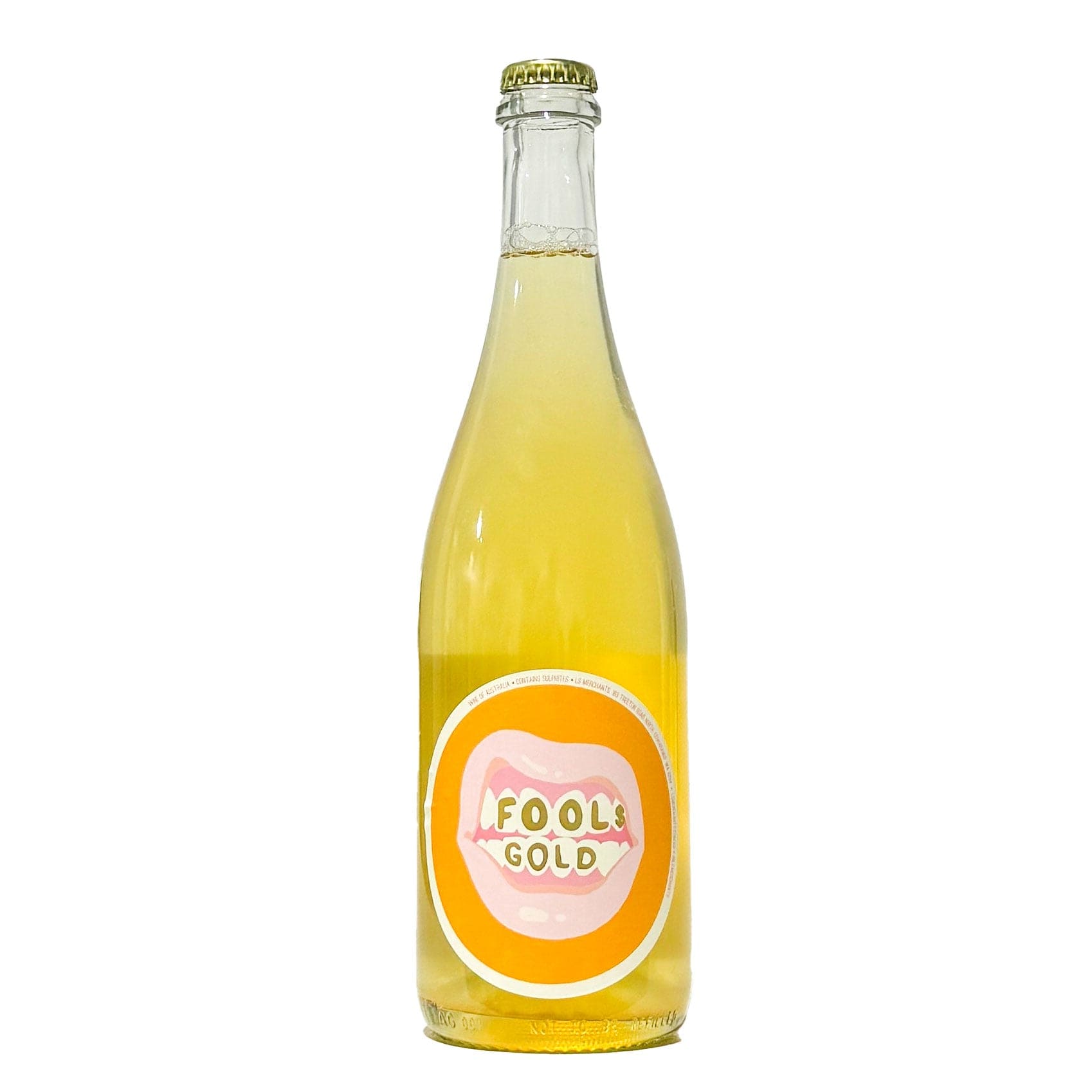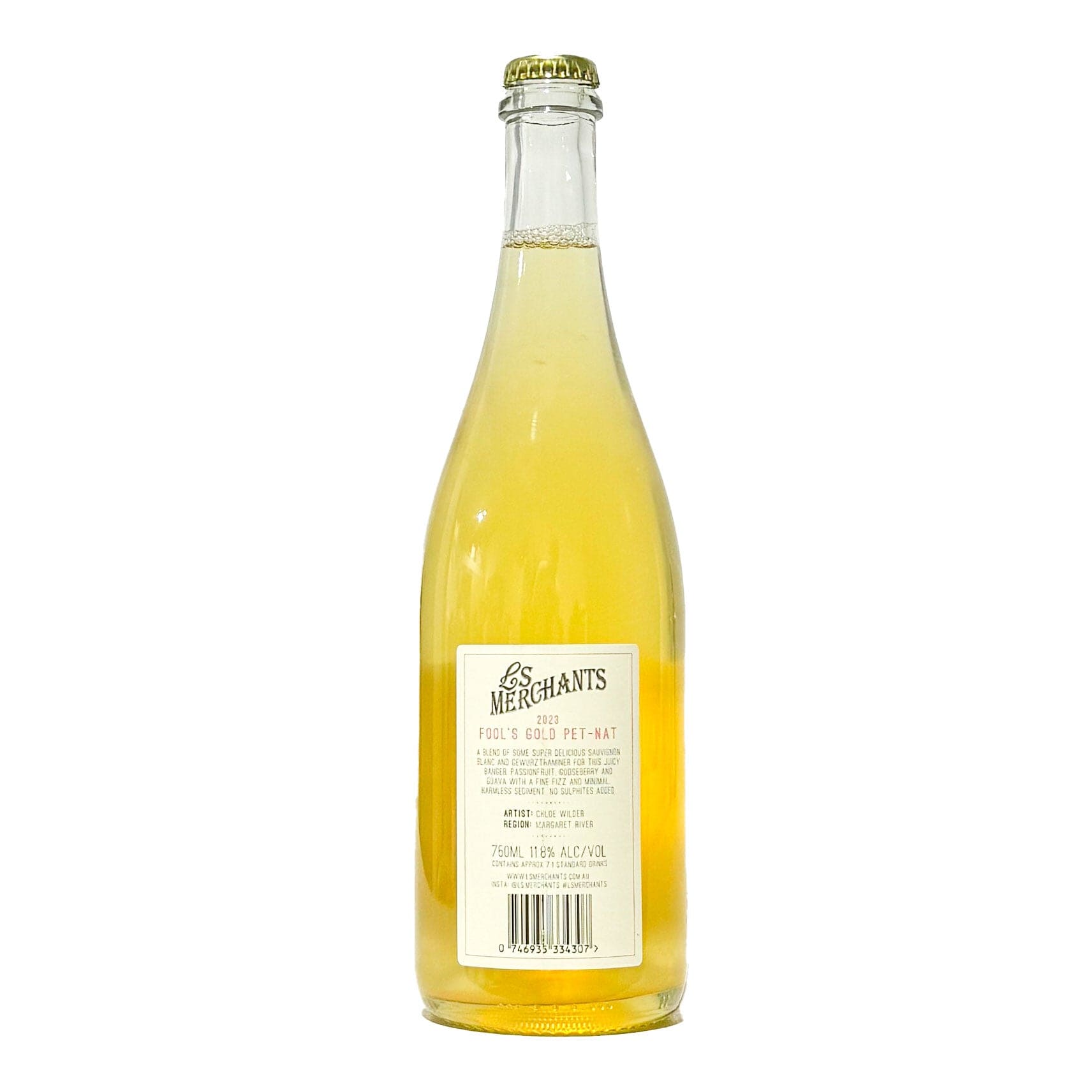Filters
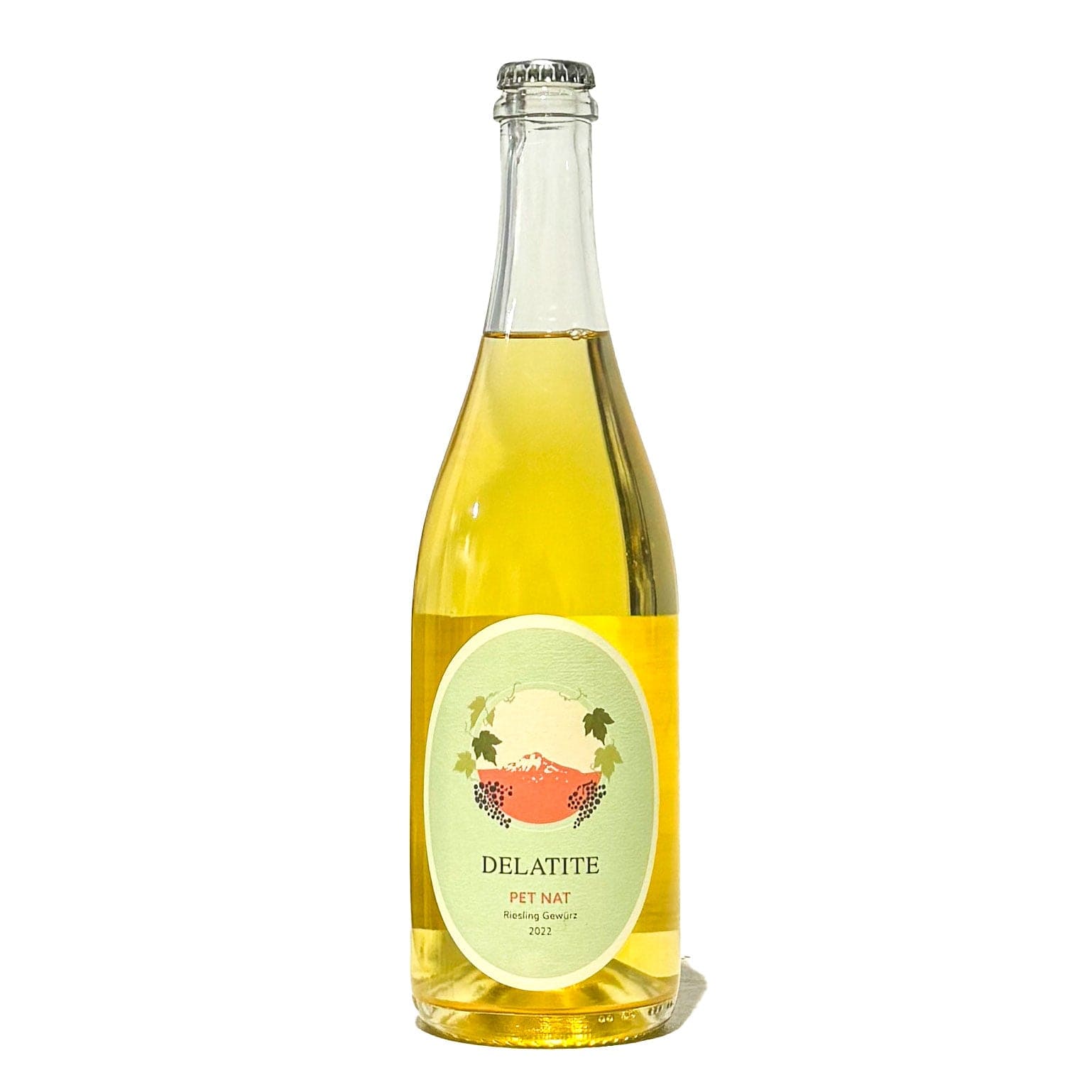
World-Class Pétillant Naturel Wines
Pét Nat Wine Delivered
This unique sparkling wine is rustic, distinctive and offers an unconventional wine experience that's growing in popularity for good reason.
Discover our selection of fabulous Pétillant Naturel wines with delivery right across Australia. Featuring our own personal favourites and plenty of crowd favourites too, if you're looking to discover Pet Nat wine, our collection is a journey in flavour and quality.
BUY PET-NAT WINE WITH DELIVERY AUSTRALIA-WIDE
WHAT IS Pét-Nat WINE?
Pét-Nat wine, short for Pétillant Naturel, is a type of sparkling wine made using an ancient winemaking method called the Méthode Ancestrale. This process predates the traditional Champagne method and is gaining popularity for its natural, rustic character and low-intervention approach to winemaking. Creation of Pet Nat Wines involves bottling wine before its primary fermentation is complete, allowing it to continue fermenting in the bottle, producing a small amount of carbon dioxide to create bubbles . The result is a naturally carbonated wine with distinctive features.
At The Wine Traveller, you can explore some unique examples of Pét-Nat wine, with a diverse selection of sparkling wines crafted through this ancient method.
How Sweet Are Pet Nat Wines?
Pét-Nat can vary in sweetness, colour and carbonation level, but it is typically on the drier side. Because Pét-Nat is made using the ancestral method and bottled before fermentation is complete, the sugar content can vary depending on how much fermentation occurs in the bottle. Some Pét-Nats may have a slight sweetness, while others are quite dry, but most tend to be crisp, fresh, and fruit-forward. Pet Nat Wine is made with as little intervention as possible, so if you're looking for a specific level of sweetness, it's best to check the producer's notes on the bottle.
CHARACTERISTICS OF A GREAT PET NAT WINE
Here are some key characteristics of Pét-Nat wines:
- Rustic and Unpredictable: Since Pét-Nats are bottled mid-fermentation, they can vary greatly in terms of bubbles, from light fizz to more pronounced effervescence.
- Unfiltered: Pet Nat Wines are often cloudy due to being unfiltered and may contain sediment.
- Natural and Minimalist: Pét-Nats are often made with organic or biodynamic practices, and many are low in sulfites or even preservative-free, making them popular in the natural wine movement.
- Specially Sealed: They are sealed with crown caps (similar to beer) rather than traditional corks for safety.
- Flavour Profile: The taste can be fresh and fruity, with slight funkiness from natural yeasts. Common flavours include tropical fruits, citrus, and floral notes, often accompanied by a zingy or slightly sour edge.
Champagne vs. Pét-Nat: Understanding the Differences:
When it comes to sparkling wines, Champagne and Pét-Nat - Pétillant Naturel wine - are two popular choices that offer unique flavour profiles and production methods. Different wine calls for different production methods, and when it comes to methods of producing sparkling wine, Petillant Natural wines are growing in appeal. Here's a quick guide to help you understand the key differences between Champagne and Pét-Nats:
Champagne Production Method vs Pét Nat Wine Production Method:
Champagne is made using the traditional method (méthode champenoise), where the wine undergoes a second fermentation in the bottle, resulting in fine bubbles and a complex flavor. In contrast, Pét-Nat is made using the ancestral method, which involves bottling the wine before the first fermentation is complete, creating a more natural, less refined sparkling wine with larger, softer bubbles.
Champagne Taste Profile vs Pét-Nat Taste Profile:
Champagne typically offers a more structured, elegant taste with notes of toast, brioche, and citrus. Pét-Nat, on the other hand, tends to have a more rustic, fresh flavor with fruit-forward notes and a touch of earthiness. Pét-Nat is also often less sweet and more unpredictable in flavor.
Aging Champagne vs Pétillant Naturel wine:
Champagne is aged for a minimum of 15 months, allowing the flavors to develop and become more refined. Pét-Nat is usually a younger wine, bottled early and consumed sooner, offering a fresher, more vibrant taste.
Champagne vs Pétillant Naturel Prices:
Due to its labor-intensive production and aging process, Champagne is often more expensive. Pét-Nat is typically a more affordable, casual alternative for those looking for a natural and fun sparkling wine.
Whether you’re a fan of Champagne’s luxurious elegance or Pét-Nat’s raw and lively charm, both offer a delightful way to enjoy sparkling wine. Now all there is to do is discover your favourite winery producing preservative free pet nats and to do that, of course, you'll need to try them all!
Where Are Pét-Nat Wines Made?
PetNat wines are made in various wine regions around the world. Although they originated in France, particularly in the Loire Valley, Pét-Nat has gained popularity globally for its easy drinking, effervescent, lightly sparkling characteristics. Some key regions producing Pét-Nat wines include:
France:
Loire Valley: The birthplace of Pét-Nat, this region remains one of the most prominent producers.
Alsace: Known for its aromatic varietals used in Pét-Nat production.
Beaujolais: Some winemakers here also make Pét-Nat using Gamay grapes.
Italy:
Emilia-Romagna: The home of naturally sparkling wines like Lambrusco, this region has embraced the Pét-Nat trend.
Friuli-Venezia Giulia: Known for innovative, natural wine production.
United States:
California: Particularly in Sonoma and Napa Valley, as well as in more niche areas, natural wine producers are making Pét-Nat with various grape varieties.
Oregon: Especially in the Willamette Valley, producers are experimenting with natural sparkling wines.
Australia:
Australian winemakers, especially in regions like the Adelaide Hills and Victoria, have embraced the natural wine movement, including Pét-Nat.
Spain:
Some regions, particularly in Catalonia, are producing Pét-Nat wines, often using indigenous grape varieties.
Austria:
Austrian winemakers, known for their focus on natural wines, are also producing Pét-Nat using local grapes like Grüner Veltliner.
These regions, along with other smaller natural wine producers around the world, are contributing to the growing popularity of Pét-Nat wines.
Need help?
ABOUT PET NAT WINES & ORDERING ONLINE
Why are Pet Nat Wines So Popular?
One of the hallmarks of Pét-Nat wines is the minimal intervention that takes place during their production. Pet Nat wines are normally unfiltered, giving them a cloudy appearance and often leaving sediment in the bottle. The use of natural yeasts, low or no added sulphites, and organic or biodynamic farming practices make them a favourite in the natural wine movement.
Are Pet Nat Wines Healthier?
Thanks to the fermentaion and production process, it's not unusual for Pet Nat wines to be lower in sugar and alcohol content. Of course you should always check the details of the wine you are purchasing, and enjoy your unique wine journey with Pet Nat.
Is Pet Nat A Sparkling Wine?
Yes, Pet Nat Wines are Sparkling wines, however the amount of bubble and sparkle isn't always known, and depends very much on the production methods and ingredients used.
Can You Drink The Sediment In Pet Nat Wine?
Yes, you can drink the sediment in Pét-Nat! The sediment, often referred to as lees, is a natural byproduct of the fermentation process in Pét-Nat wines. Since Pét-Nat is bottled before fermentation is complete, the remaining yeast settles at the bottom of the bottle, creating this harmless sediment.
While some people prefer to pour carefully to leave the sediment behind for a clearer drink, others enjoy drinking it as it can add texture, complexity, and a bit of a rustic, earthy flavor to the wine. It's completely a matter of personal preference!
Do You Decant Pét-Nat Wine?
No, you generally don’t decant Pét-Nat wine. Pét-Nat is a naturally sparkling wine, and decanting it could cause the bubbles to dissipate, losing part of its charm. Pét-Nat is meant to be enjoyed fresh, with its lively effervescence intact.
However, because Pét-Nat often contains sediment (lees), you might want to pour it carefully to avoid disturbing the sediment if you prefer a clearer glass. Some people give the bottle a gentle swirl to mix the sediment before pouring, as it adds texture and flavor. It's a matter of personal preference, but decanting is typically not recommended for Pét-Nat.

